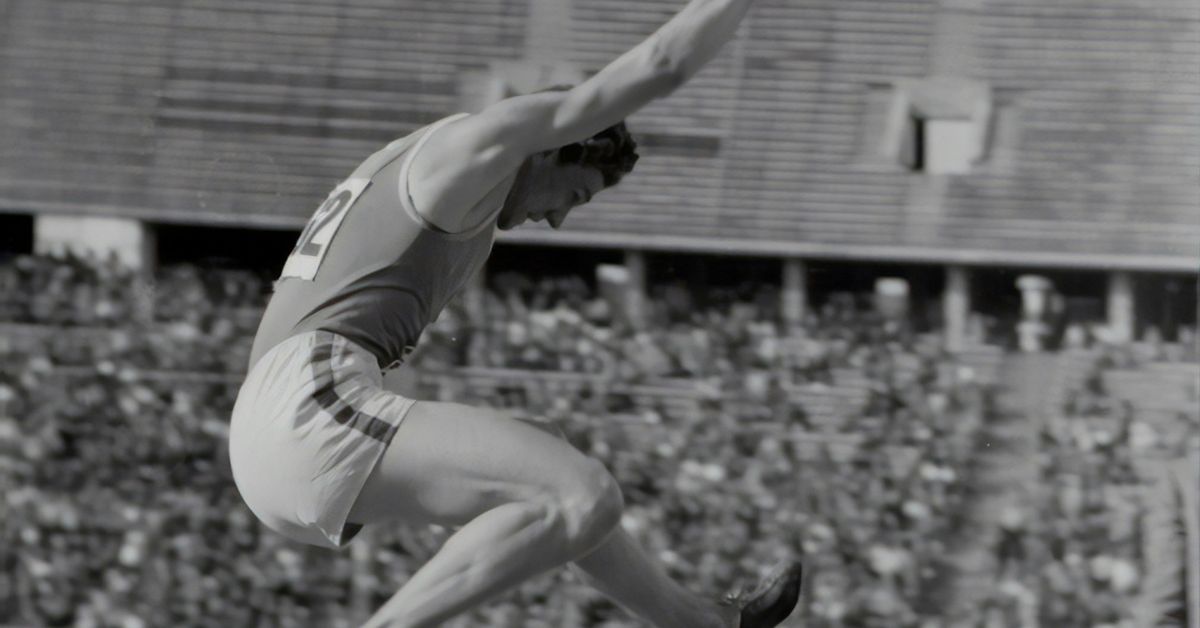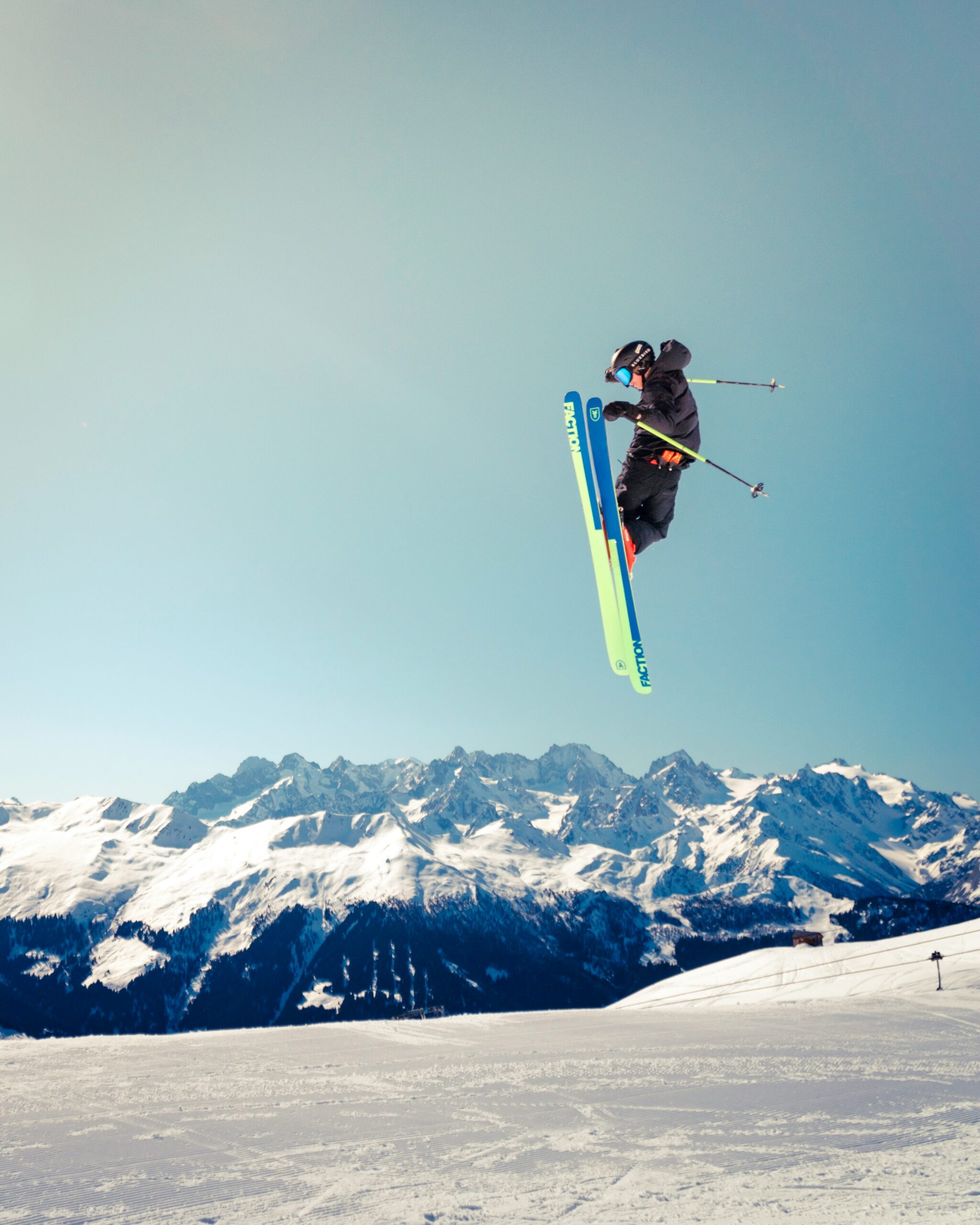Unleashing Your Inner Athlete Through Mindful Movement
In the hustle and bustle of our daily routines, the notion of “mindful movement” may come across as a vague concept, perhaps even a little esoteric. But let’s face it: most of us are stuck in the grind, racing through our days like we’re in some sort of marathon where the finish line keeps getting further away. What if I told you that embracing a more mindful approach to movement could not only enhance your physical performance but also awaken that dormant athlete within you? Sounds intriguing, doesn’t it? So grab a cup of your favorite brew, and let’s dive into this journey of exploration together.
What is Mindful Movement?
To understand how to unleash your inner athlete, we first need to unpack the term “mindful movement.” At its core, it’s about being present and aware during physical activity. Instead of mindlessly going through the motions—like that time I tried to run a 5K after too many late-night pizza binges—mindful movement encourages you to connect with your body and breath, paying close attention to how each movement feels.
This concept is rooted in mindfulness, an ancient practice that has gained traction in recent years. Mindfulness involves focusing your attention on the present moment, without judgment. When applied to movement, it means tuning into your body’s sensations, understanding your limits, and embracing the joy of movement itself, rather than merely counting reps or tracking miles.
The Benefits of Mindful Movement
Now, you might be wondering, “What’s in it for me?” Good question! There are numerous benefits to be gained from incorporating mindful movement into your workout routine, including:
- Enhanced Performance: By being aware of how your body moves, you can improve your technique and efficiency. Think of it as fine-tuning a musical instrument—every little adjustment can make a world of difference.
- Reduced Stress: Engaging in mindful movement can serve as a form of meditation. Studies suggest that regular practice can lower cortisol levels, helping you feel calmer and more centered.
- Increased Body Awareness: This can lead to better posture, improved balance, and a deeper understanding of your body’s capabilities and limitations.
- Greater Enjoyment: When you slow down and appreciate the movement, you often find more joy in the process. (And let’s be honest, who doesn’t want to enjoy their workouts?)
How to Get Started with Mindful Movement
So, how do you actually put this into practice? Fear not, my friends! I’ve compiled a few tips to help you start your journey into the world of mindful movement.
1. Start with Breath
Before you even lace up your sneakers, take a moment to connect with your breath. Inhale deeply through your nose, allowing your abdomen to expand, then exhale slowly through your mouth. This simple act can anchor you in the present moment. I remember when I first started incorporating breathwork into my routine—it felt a bit awkward at first, like trying to learn a new dance move, but eventually, it became second nature.
2. Slow Down
In our fast-paced world, we often rush through our workouts. But when you practice mindful movement, slow down. Whether you’re running, doing yoga, or lifting weights, take your time with each movement. Notice the sensations in your muscles, the rhythm of your breath, and how your body feels in space. You might find yourself enjoying the process more than you ever thought possible.
3. Focus on Form
Mindful movement isn’t about how many squats you can crank out; it’s about how well you execute each one. Pay attention to your posture, alignment, and the mechanics of your body during each exercise. (I once had a trainer who insisted on this, and while I rolled my eyes at the time, I now appreciate the wisdom in it!)
4. Listen to Your Body
This might be the most crucial aspect of mindful movement. Your body is constantly sending you signals—tightness, fatigue, discomfort—and it’s essential to listen. Pushing through pain may seem like the way to go, but it can lead to injuries that sideline you for weeks. Instead, embrace the idea that it’s okay to modify your movements or take a break when needed.
5. Incorporate Mindfulness Techniques
Consider integrating mindfulness techniques such as visualization or body scanning into your routine. For instance, visualize yourself performing your movements with grace and ease. Or try a body scan, mentally checking in with each part of your body to notice where you might be holding tension. This not only enhances your awareness but can also improve your overall performance.
Different Forms of Mindful Movement
While the principles of mindful movement can apply across various disciplines, certain practices lend themselves beautifully to this approach. Let’s explore a few popular forms of mindful movement that you might want to incorporate into your fitness regime.
Yoga
Ah, yoga—the ultimate embodiment of mindful movement! With its emphasis on breath, alignment, and present-moment awareness, yoga is a fantastic way to practice mindfulness. Each pose invites you to tune into your body and cultivate a sense of peace. I remember my first yoga class; I spent half the time wondering if I looked ridiculous in downward dog. But once I let go of judgment and focused on my breath, I began to feel a profound sense of connection to my body.
Tai Chi
This ancient Chinese martial art is often described as “meditation in motion.” Tai Chi involves slow, deliberate movements that promote relaxation and balance. Participants often report feeling a deep sense of calm and clarity. I once attended a local Tai Chi class in the park, and while I may have looked more like a flailing chicken than a graceful swan, the experience was surprisingly grounding.
Walking and Running
Believe it or not, even simple activities like walking or running can be transformed into mindful practices. Try focusing on the sensation of your feet hitting the ground, the rhythm of your breath, and the sights and sounds around you. Rather than zoning out to your favorite podcast, allow yourself to be fully present in the experience. I’ve had some of my best ideas while on a mindful run—perhaps it’s the endorphins, or maybe it’s just the sheer joy of being outside!
Dancing
Who said workouts have to be serious? Dancing is a fantastic way to unleash your inner athlete while having a blast. Whether you’re grooving alone in your living room or taking a dance class, allow yourself to feel the music and move freely. The key here is to let go of inhibitions and simply enjoy the rhythm. Trust me, it’s hard to feel anything but liberated when you’re shimmying to your favorite tunes!
Mindfulness and Sports Performance
For those of you who are athletes or aspire to be, the integration of mindfulness into your training can yield remarkable results. Research suggests that mindfulness can enhance focus, improve decision-making, and even increase resilience in high-pressure situations. Imagine being able to stay calm and collected during a crucial moment in a game—that’s the power of mindfulness.
Many professional athletes incorporate mindfulness into their routines. For example, NBA players like LeBron James and Kobe Bryant have spoken about using visualization techniques to enhance their performance. They imagine themselves making that game-winning shot, feeling the ball in their hands, and hearing the crowd roar. This mental rehearsal can create a sense of familiarity and confidence when it’s game time.
Common Misconceptions About Mindful Movement
As with any emerging trend, there are plenty of misconceptions surrounding mindful movement that deserve some clarification. Let’s clear the air, shall we?
Myth 1: It’s Only for Yogis
While yoga is a fantastic way to practice mindfulness, it’s not the only avenue. Mindful movement can be applied to any physical activity—running, swimming, weightlifting, you name it! You don’t have to be a yoga guru to embrace the principles of mindfulness.
Myth 2: You Have to Be Flexible
Many people shy away from mindful movement because they believe they need to be flexible or fit to participate. Not true! Mindfulness is about meeting yourself where you are, regardless of your fitness level. Whether you’re a seasoned athlete or just starting out, there’s a place for you in this practice.
Myth 3: It’s Just a Fad
Mindfulness has been practiced for centuries, and it’s not going anywhere anytime soon. The growing body of research supporting its benefits only solidifies its relevance. So, if you’re hesitant to jump on the bandwagon, know that this is more than just a passing trend.
Creating a Mindful Movement Routine
Now that you’re equipped with the knowledge and inspiration, you may be wondering how to create a mindful movement routine that works for you. Here are some steps to consider:
1. Set Your Intention
Before you begin, take a moment to set an intention for your practice. It could be something as simple as “I want to enjoy this movement” or “I want to connect with my body.” Having a clear intention can guide your experience.
2. Choose Your Activity
Decide which form of mindful movement resonates with you. Whether it’s yoga, walking, or dancing, choose something that excites you. (Trust me, if you don’t enjoy it, you’re less likely to stick with it!)
3. Create a Dedicated Space
Find a space where you can practice without distractions. It could be a corner of your living room, a quiet park, or a local studio. Make it feel inviting—light a candle, play soothing music, or simply enjoy the sounds of nature.
4. Stay Consistent
Like any new habit, consistency is key. Aim to integrate mindful movement into your routine a few times a week. As you build momentum, you may find yourself craving that sense of connection and peace.
Final Thoughts
Unleashing your inner athlete through mindful movement is a journey, not a destination. It’s about cultivating awareness, embracing joy, and nurturing your body and mind. Whether you’re a fitness enthusiast or someone looking to explore a new way of moving, remember that the road ahead is uniquely yours.
As you embark on this path, don’t be afraid to experiment, make mistakes, and, yes, even laugh at yourself along the way. I’ve tripped over my own feet more times than I can count (seriously, I once fell during a yoga class and somehow managed to roll right out of it!), but each experience has taught me something valuable.
So, go ahead—take a deep breath, tune into your body, and let the movement flow. Your inner athlete is waiting to be unleashed, and I assure you, they have a few tricks up their sleeve! Let’s get moving!




